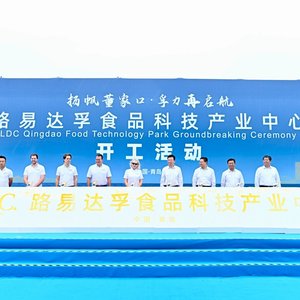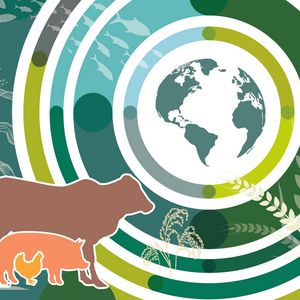Norwegian feed producer EWOS showed improved year-on-year results in the first quarter of 2015, despite flat volumes in a highly competitive feed market, made more so in Norway by the competition from Marine Harvest\'s new feedmill.
Einar Wathne, CEO EWOS Group reported sales volumes were stable at 239,000 tonnes in the first quarter of 2015 compared to 240,500 tonnes for the same period in 2014. Margins in Norway remain below levels appropriate to support long term research and capacity increases, he noted. Volume increased significantly in Canada and Vietnam, while it decreased in Scotland and in Chile, where there is continued consolidation among salmon farmers.
Operating revenues increased by 20.3% to NOK 2,700.8 million for the first quarter in 2015 compared to NOK 2,244.1 million in the first quarter in 2014, driven by higher raw material prices and a weakening Norwegian Kroner.
Mr. Wathne said that the Norwegian Parliament was preparing a White Paper about predictable and sustainable growth in aquaculture. \"EWOS is actively working to influence the political process, focusing on predictable growth as one of our key messages. Growth in new licenses is unpredictable, but we believe that utilization of existing licenses is also important, he said\". There is potential for many farmers to produce more fish within their allowed biomass, he maintained, saying appropriate use of EWOS\'s performance feed, Rapid, can product can increase production within the allowed biomass by 12 to 15 percent.
\"This winter one of our customers reported their best growth results ever. In a large farm with ten full-scale pens involving more than one million fish, Rapid led to more than 20 percent better growth than benchmark pens. The additional growth at this scale created an estimated 25 million NOK in additional biomass value compared to standard feed. Choice of feed really matters\".










